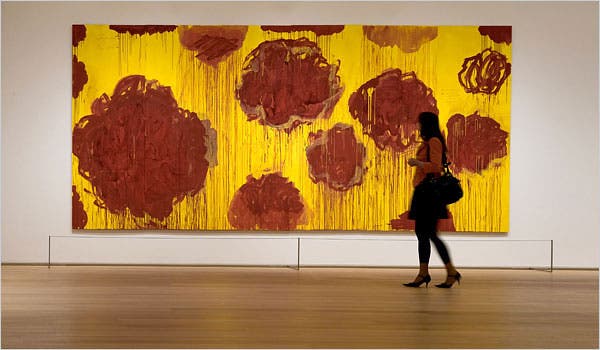The Art Institute of Chicago is a great encyclopedic museum. Soon it will be even bigger and greater. The elegant new Modern Wing of of Art Institute Chicago Renzo Piano is a work of really good architecture. But, as usual with new buildings, there is still curatorial work to be done.
Modern Wing of Art Institute Chicago adds 264,000 square feet of interior space to the institute. This makes it the second largest museum in the country after the Metropolitan Museum of Art.
This includes 60,000 square feet of new galleries dedicated to:
- European painting and sculpture;
- art since 1945;
- photo;
- and 20th and 21st century architecture and design.
And there is a large temporary exhibition space opening with an exclusive exhibition of the latest paintings, sculptures and photographs by Cy Twombly.
Expanded space can allow the museum to reassess its relationship to the recent past, present and future. The spacious architecture and design galleries leading to a treasure trove of rare architectural drawings outrank the Museum of Modern Art.
The recently completed Modern Wing of Art Institute Chicago is, by definition, the beginning of a longer and more delicate work. Now it’s the curators’ turn to explore its strengths and weaknesses.
The main strong point here is the two galleries on the second and third floors, both majestic and intimate.
The biggest problem is that the Modern Wing of Art Institute Chicago accommodates only the classic European version of modernism. And American Art from 1900 to 1945 has its own fairly lavish galleries in the Art Institute’s 1988 expansion, Rice Wing.
The building’s benevolence towards art is especially noticeable on the third floor thanks to the abundance of skylights. In the first gallery one can see Matisse’s masterpiece from 1909-1917, the serene but implacable “Bathers by the River”, bathed in natural light. Also here you will find treasures such as Juan Gris’ 1912 Cubist Portrait of Pablo Picasso, a figurative ziggurat built mostly from pointillist blue blocks, and Joan Miro’s 1918 Portrait of Juanita Obrador
There are also deviations from the usual modernism:
- “Composition with a Red Arrow”, a small papal abstraction of 1918 by the Romanian Dadaist Marcel Janko;
- a painting by Maria Elena Vieira da Silva, 1936-37, which oscillates between magical realism and abstraction;
- and Leonora Carrington’s lovely little tropical fantasy.
In other words, two of the greatest turning points in mid-century art are crammed into this space. The Art Institute is able to tell a much more complete and intricate history of art.

























